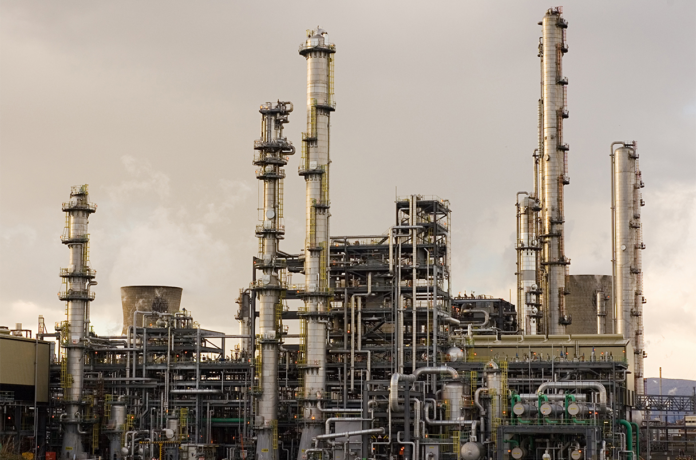Pakistan’s industrial base continues to lose momentum, with large-scale manufacturing (LSM) showing persistent stagnation despite recent signs of macroeconomic stability and improved foreign relations, according to a news report.
Rising energy costs, inconsistent policies, and declining productivity across key sectors have left the country’s industrial core increasingly fragile.
As per data by the Pakistan Bureau of Statistics (PBS), LSM output fell by 0.74% in FY25 after a brief rebound earlier in the year, marking another year of contraction. The sector, which contributes around 8% to GDP and employs millions directly and indirectly, has struggled for over two years amid domestic energy shortages and global supply disruptions.
The textile industry, accounting for 18% of total LSM output, has been in decline for nearly three years. PBS data shows that nearly ten out of 22 major industries — including automobiles, pharmaceuticals, and engineering goods — are producing less than they did a decade ago.
Analysts attribute this to high interest rates, costly energy, and inconsistent policy measures that discourage long-term investment and production.
In comparison, manufacturing contributes about 20% to Germany’s GDP, 25% to South Korea’s, and nearly 30% to China’s. Experts say these countries have maintained industrial strength through stable policies, innovation, and efficient energy management — areas where Pakistan continues to lag.
Industrial experts suggest rationalising industrial power tariffs, offering export-linked tax incentives, and ensuring policy continuity for at least five years to revive manufacturing confidence. They argue that encouraging production-led growth, rather than relying on import substitution, will be key to restoring Pakistan’s industrial competitiveness and attracting foreign investment.




